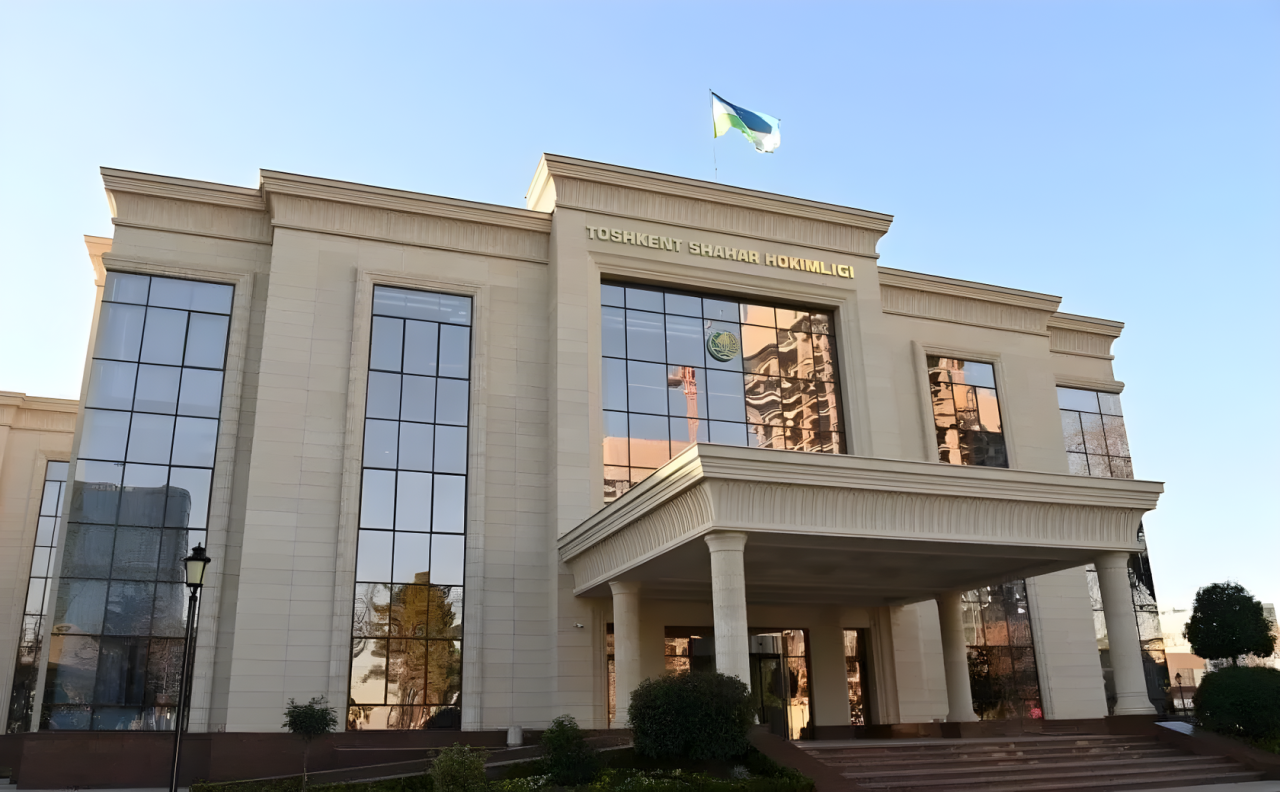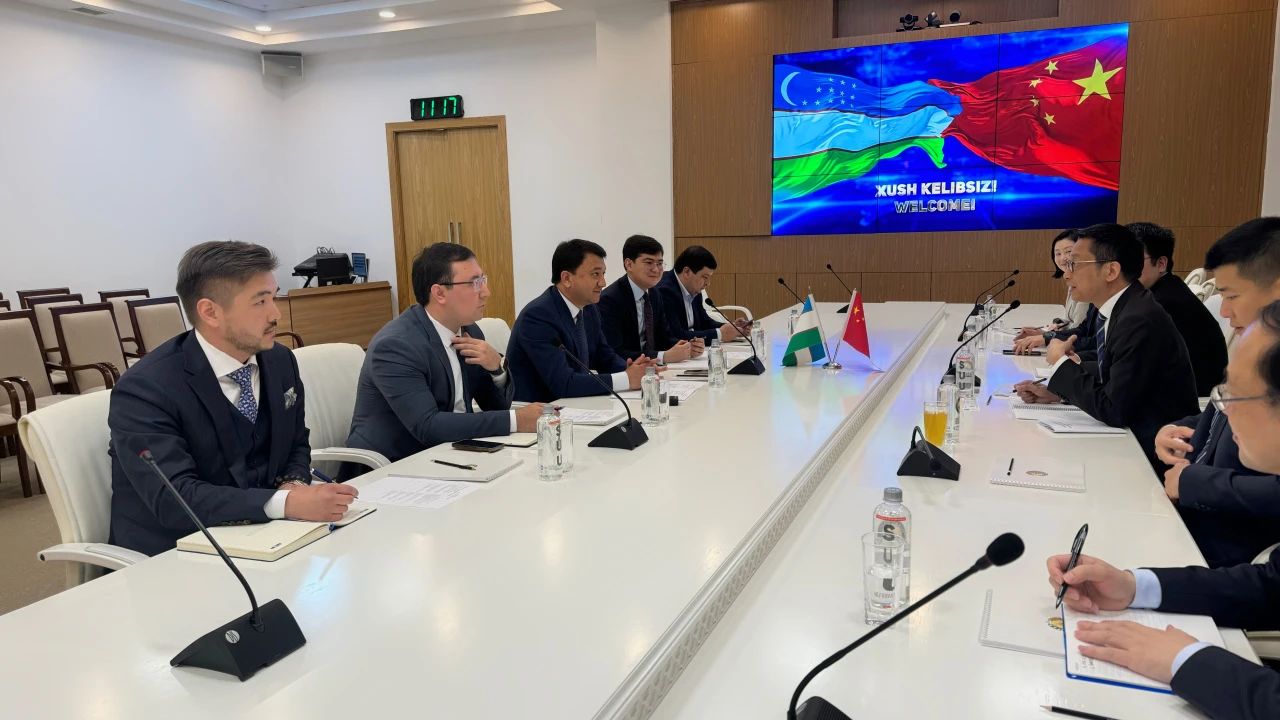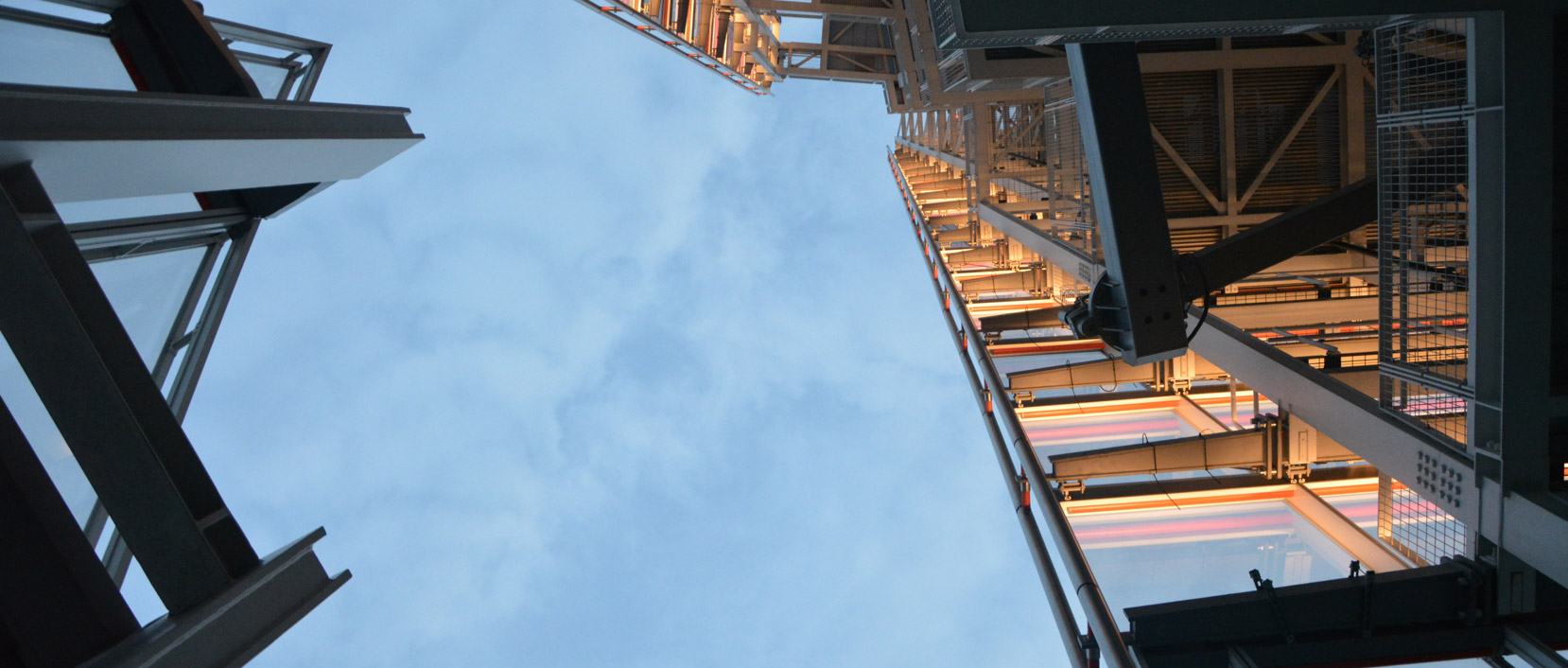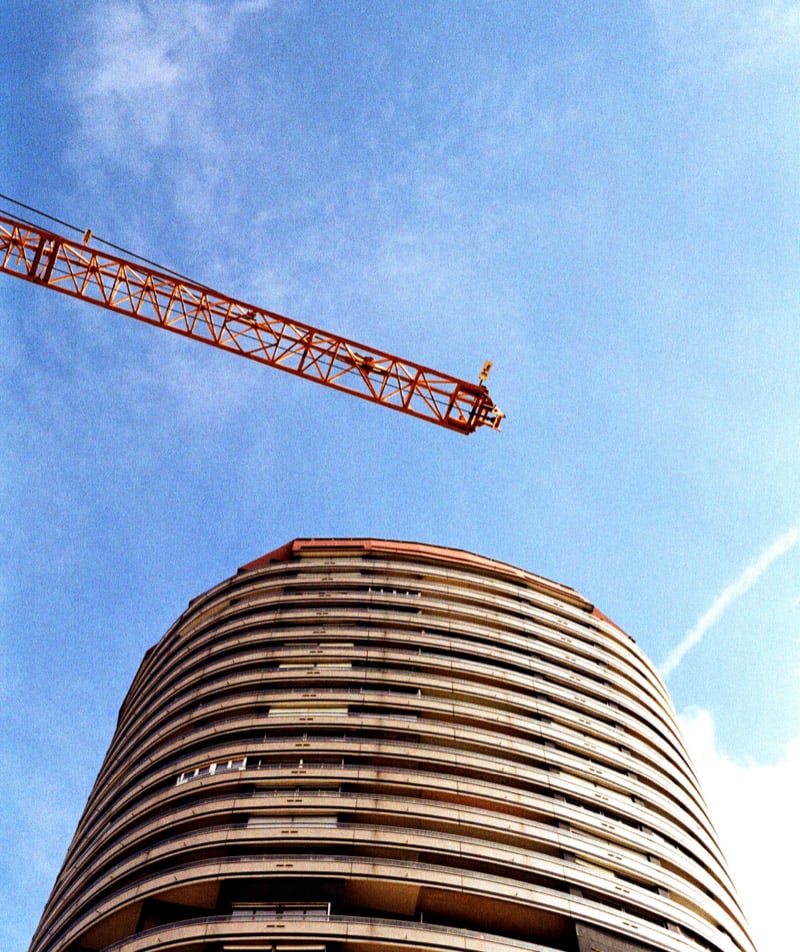
塔什干投资促进局(Tashkent Invest)作为乌兹别克斯坦首都塔什干市的投资促进机构,致力于吸引外资、促进经济发展和提升城市的国际竞争力。近年来,Invest Tashkent与中国建立了紧密的合作关系,而中国欧亚商务理事会(China-Eurasian Business Council)则成为了该机构在中国深圳的官方代表。
中国是乌兹别克斯坦的重要经济伙伴,两国在多个领域展开了广泛的合作。Invest Tashkent积极寻求与中国企业的合作机会,推动塔什干市在基础设施建设、能源、农业、制造业等方面的发展。通过与中国企业的合作,塔什干市不仅获得了先进的技术和管理经验,还为当地经济发展注入了新的活力。
Invest Tashkent, the investment promotion agency of Tashkent, the capital city of Uzbekistan, is dedicated to attracting foreign investment, promoting economic development, and enhancing the city’s international competitiveness. In recent years, Invest Tashkent has established a close partnership with China, with the China-Eurasian Business Council (CEBC) serving as its official representative in Shenzhen, China.

作为Invest Tashkent在深圳的官方代表,中国欧亚商务理事会在促进两国企业间的交流与合作方面发挥了重要作用。该理事会致力于搭建中乌两国企业合作的平台,组织各种商务活动、洽谈会和展览,帮助中国企业更好地了解塔什干的投资环境和市场机会。例如,中国欧亚商务理事会定期组织的中乌经贸洽谈会,为两国企业提供了宝贵的交流机会,推动了多项合作项目的落地。
China is a crucial economic partner for Uzbekistan, and the two countries have engaged in extensive cooperation across various sectors. Invest Tashkent actively seeks collaboration opportunities with Chinese enterprises to foster development in Tashkent’s infrastructure, energy, agriculture, and manufacturing sectors. Through cooperation with Chinese companies, Tashkent not only gains advanced technology and management expertise but also injects new vitality into its local economy.

总的来说,Invest Tashkent与中国的合作为塔什干市的发展带来了新的机遇,而中国欧亚商务理事会作为官方代表,在促进双方合作中发挥了桥梁作用。未来,随着双方合作的不断深化,相信塔什干与中国的友好关系将继续巩固,两国企业的合作也将迎来更加广阔的前景。
As the official representative of Invest Tashkent in Shenzhen, the China-Eurasian Business Council plays a significant role in facilitating exchanges and cooperation between businesses from both countries. The CEBC is committed to building a platform for Sino-Uzbek business cooperation by organizing various business activities, meetings, and exhibitions. These efforts help Chinese enterprises better understand Tashkent’s investment environment and market opportunities. For instance, the regularly organized Sino-Uzbek Economic and Trade Talks by the CEBC provide valuable opportunities for enterprises from both nations to interact, leading to the realization of multiple cooperation projects.

Related Posts
In design, sustainability, and programming, the Boston University Center for Computing & Data Sciences marks the future of construction in higher education. The 19-story, 350,000-square-foot structure will become the tallest building on a dense urban campus, will be the largest fossil-fuel-free building in Boston, designed to achieve LEED Platinum upon completion, and incorporates several innovative approaches in design and construction to minimize its environmental impact.
An innovative vertical campus, the Boston University Centerbbfor Computing & Data Sciences defines iconic and unique —and also sustainable.
The 19-story, 350,000-square-foot structure will become the tallest building on a dense urban campus, will be the largest fossil-fuel-free building in Boston, designed to achieve LEED Platinum upon completion, and incorporates several innovative approaches in design and construction to minimize its environmental impact. Designed by renowned Canadian architecture firm KPMB, the tower’s setting above the podium mitigates its impact on the busy street and aligns it with other buildings along Commonwealth Avenue. The series of floorplates that make up the building are shifted and cantilevered around a central core to create neighborhoods for each department within the tower.
The cantilevered and stepped massing plays into the building’s sustainability benefits, as it forms balconies and green roofs that allow occupants fresh air and stunning views of the city. The building’s interior design plays a sustainability role as well, with “irresistible staircases” that offer unique terraces in the atrium and breathtaking views of the city. The goal: invite people to walk up the stairs rather than take the elevator, promoting physical health and energy reductions. One of the largest components of the building’s sustainable construction are the geothermal bores, a system that is essential for BU’s Climate Action Plan goal of net zero emissions by 2040. BU’s goals also put the university ahead of Carbon Free Boston, the city’s pledge to be carbon neutral by 2050. Suffolk’s team drilled and installed a total of 31 bores, each 1,500 feet deep, which will harness the thermal capacity of the earth for heating and cooling and eliminate the need to connect the building to a gas line.
Due to space constraints on the urban site, the bores needed to go much deeper than a typical geothermal system — which is typically about 500 feet — to achieve the expected 300 tons of heating and cooling capacity for the 19-story building. At that depth, groundwater and rock formation plays a significant role in the verticality of the drilled borehole. Skillings & Sons, an experienced drilling subcontractor, controlled the verticality of the bores and kept all tolerances within five percent.

Locating the bores so they didn’t interfere with the building footprint was another challenge. The team successfully located 27 of the bores outside the footprint, with the remaining four bores falling underneath the building. Locating most of the bores outside of the building footprint kept the project on schedule, and limiting the number of bores beneath the foundation mat slab meant less impact to the deep foundation excavation activities.
The nearest neighboring building was just 15 feet away from the bore drilling. To mitigate disruption to abutting neighbors, our team distributed a two-week look ahead schedule and logistics plan every week to the neighboring buildings. Suffolk also posted regular updates on the project website to keep neighbors informed about upcoming drilling activities and held multiple Town Hall meetings with students and faculty who live and work near the site. These Town Hall meetings gave abutters the opportunity to become familiar with the project, meet the team and ask questions.
In design, sustainability, and programming, the BU Center for Computing & Data Sciences marks the future of construction in higher education. The building is scheduled for completion by the end of 2022.
Locating the bores so they didn’t interfere with the building footprint was another challenge. The team successfully located 27 of the bores outside the footprint, with the remaining four bores falling underneath the building. Locating most of the bores outside of the building footprint kept the project on schedule, and limiting the number of bores beneath the foundation mat slab meant less impact to the deep foundation excavation activities.




